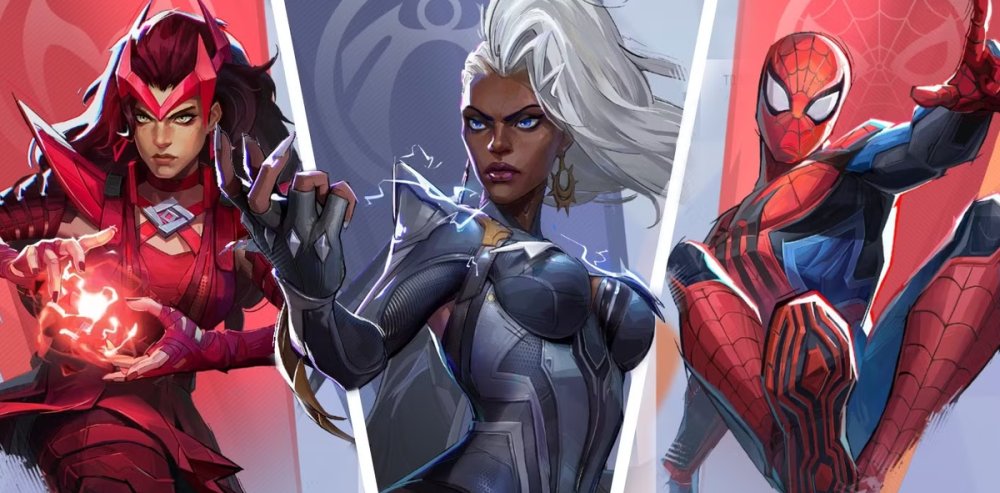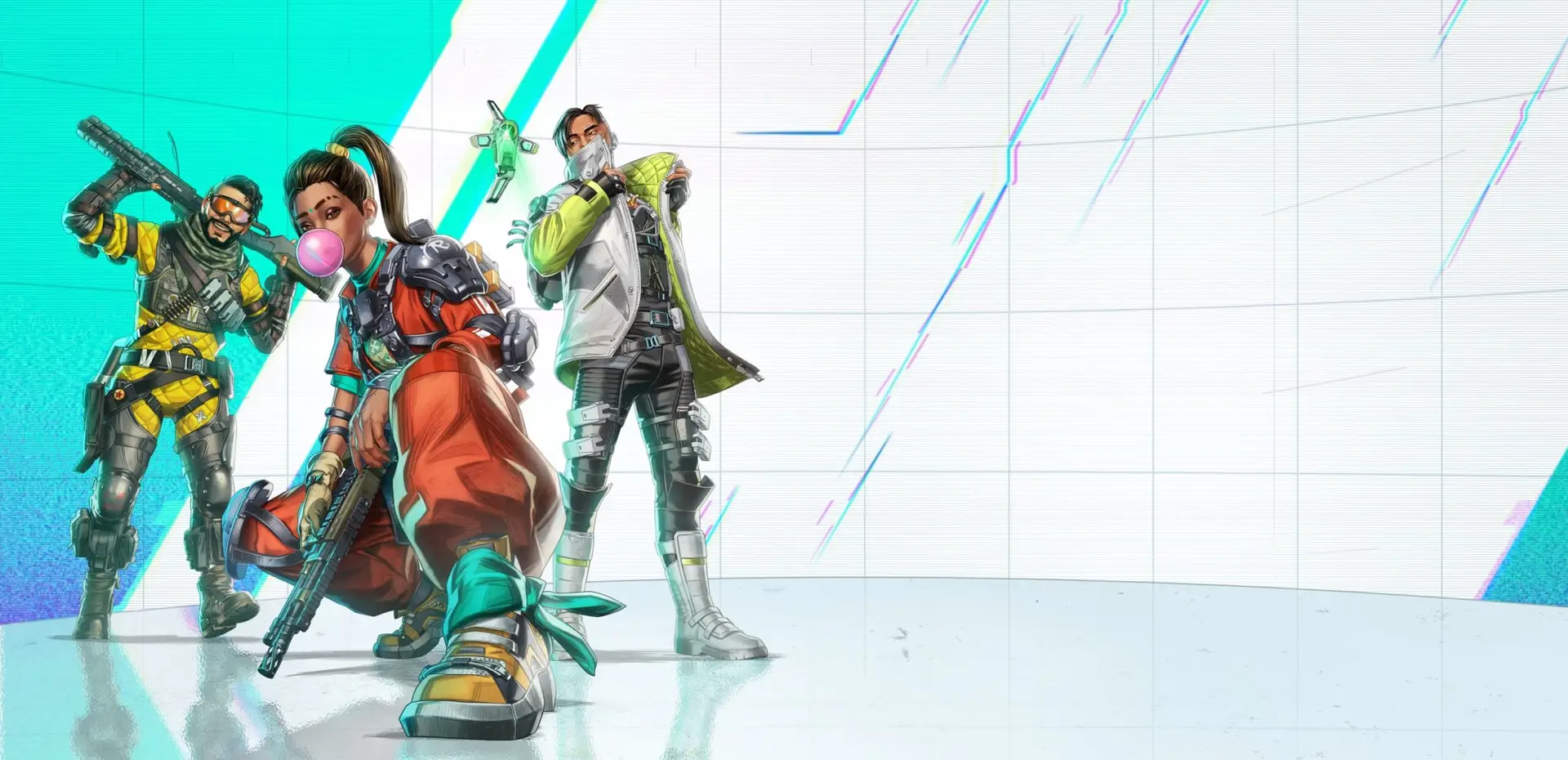Valorant characters are not limited to visual images or basic skills. Each agent builds a unique combat style, establishes team dynamics logic, and dictates tactical pace. The strength of the game lies in its diversity. Roles do not mechanically intersect but interact strategically. To choose the optimal agent, it is important to understand not only “who they are” but also “why they are needed” in each specific round.
Valorant Characters: How Agent Classes Differ
Before a detailed analysis, it is appropriate to structure how agent classes differ. Valorant uses four key types of characters: duelists, initiators, controllers, and sentinels. These categories are not about “damage” but about tasks on the map:

-
Duelists aggressively open the round.
-
Initiators prepare the space and breach the defense.
- Controllers create line of sight restriction and action zone.
-
Sentinels hold positions, slow down the enemy’s pace.
Approaching each class requires different decisions: timings, movements, abilities, and interactions.
Duelists: Who Should Enter First
Duelists are the foundation of initial contacts. These Valorant characters shape the attack impulse. They are not sent to wait; they are launched first. Duelists often take risks, get the first frag, or die for a position.
Role and functions:
-
Site entry.
-
Close-quarters combat.
-
Breaking enemy defense.
-
Individual trade.
Primary tools include flashes, dashes, movements. Gameplay relies on automatism and reactions. An agent of this class must quickly engage, make quick decisions, swiftly eliminate threats. The game is based on timing and predicting the enemy’s trajectory.
Examples of duelist abilities:
-
Dash through smoke.
-
Blind in a corner.
-
Self-heal after a kill.
-
Ultimate teleport to the backline.
Initiators: Anti-positioning Agents
Initiators are Valorant characters who create opportunities for attack. They do not enter first but prepare the entry. It is the initiator who gathers information, destabilizes fortified areas, and opens up space.
What the hero does:
-
Scout ahead.
-
Disrupt dense points.
-
Open smoke, sightline, or entry point.
Duelists work on instinct, initiators work on precise calculation. Their job is not to kill but to make killing possible.
Abilities:
-
Enemy tracking on the map.
-
Penetrating reconnaissance through walls.
-
Massive blind.
-
Corner stun.
Agents are ideal for coordination with voice communication. Often underestimated in solo play but indispensable in a tactical team.
Controllers: Field and Space Management
Controllers are tactical conductors. These Valorant characters control what the enemy sees and how long they fear it. The main task is restriction.
What controllers do:
-
Throw smokes.
-
Slice the map into sectors.
-
Force the enemy to change routes.
They do not engage in initial frags but create conditions for them. Smokes with no passage behind. Toxins that hinder defusing. Points where the enemy loses control.
Examples of control:
-
7-second defuse delay.
-
Close three corners with one smoke.
-
Zonal toxic cloud.
-
Explosive exit delay.
Controllers must know the map. Not just positions, but logistics: run time, visibility area, rotation direction.
Sentinels: Defense, Slowdown, Traps
Sentinels hold. Valorant characters do not allow passage, prevent planting the spike, and sometimes simply delay long enough for the team to regroup.
Main task:
-
Site defense.
-
Flank traps.
-
Attack slowdown.
Sentinels are about time. Every successful slowing element is another 2–3 seconds gained in the round. They are effective not in firefights but in control.
How to Maximize Valorant Characters
The full potential of each agent is revealed not through simple ability activation but through precise alignment with the map rhythm, economy dynamics, and coordinated team work.
Timing Control: Playing by Seconds, Not Feelings
Each map in Valorant has built-in rhythms. From the start to the first contact, a certain amount of time passes—12, 18, 24 seconds depending on the point, route, and plan. A 2–3 second error can break the round, even with perfect shooting.
Valorant characters must synchronize with this meter. A controller must throw a smoke when the enemy has left the center but has not yet crossed the line of fire. An initiator should launch reconnaissance not at the start but in the waiting phase before entry to break the opponent’s accumulated confidence. A duelist should enter not “now” but on the seventh step after a flash.
Timing training starts with observation: how long it takes to run from spawn to plant entry, how long a smoke lasts, how soon after an ultimate the enemy starts moving. Understanding these cycles gives control over the game.
Team Economy: Agents Don’t Shoot Without Credits
Valorant characters rely on economy. If an initiator lacks reconnaissance and a controller lacks smokes, the team loses its composition’s meaning. Strategy in the shooter turns into imbalance if agents do not perform their function.
Players must understand economic phases:
-
Pistol round—focus on damage and cheap skills.
-
Force—aggressive agents use instant push.
-
Eco—roles change, traps and deception become primary.
-
Buy—everything works in a scheme: smoke, flash, entry.
When planning the budget, the team allocates abilities on par with weapons. Not buying a smoke on a buy round is the same as going out with a knife. A controller must save 300 for a grenade. A duelist must keep a flash even at the cost of weaker weapons. The entire round is built on the assumption that abilities will be available.
Ability Alignment with Plan: Precision > Frequency
Valorant characters have vulnerability: an ability used “in the air” becomes a dead weight. A smoke launched “just in case” blinds the team. Recon sent too early won’t reveal the enemy. An ultimate activated without support goes to waste.
Each ability must function as part of a scheme. The controller’s ultimate is activated not after death but before exit. A flash is launched simultaneously with the duelist’s entry, a slowing trap is set in advance for the enemy rotation. Info-recon is launched not at the start of the point but where a flank is possible.
Maximum efficiency is achieved through coordination. Smoke, flash, and entry—within one second. Not “one after another” but “together.”
Site Reception: Adapt, Don’t Stand Still
Most players train only shooting. But Valorant is not about kills but about point control. Reception is a complex process: choosing a position, role distribution, ability distribution. A controller blocks standard angles. A sentinel monitors possible flank routes. An initiator processes information and changes position to avoid dying from a repeat exit. A duelist counters but only after a signal.
Training for site reception requires repeating the same situation dozens of times. From different angles. With different Valorant characters. Without this preparation, the round turns into chaos. Agents run without tasks, ultimates are wasted, positions are not changed.
Precise Ability Play: Micro-timing and Depth
A flash is a time window. On average, blindness lasts 1.2–2.0 seconds. Within this time, a player must:
If a flash arrives too late, the target has already left. If too early, the enemy has turned away. Valorant characters require absolute control over the activation timing. Not just “give” but “give in the window” that creates the kill. A smoke is not “smoke on the passage” but a decision-making barrier. If the smoke flies into a window, the enemy can no longer decide to attack. They wait. This time is for rotation, repositioning, or a trap. A trap is not for damage. It creates the illusion of danger. Even if the damage is minimal, the mere activation restricts movement. The enemy starts to bypass, slows down, loses initiative.
Choose Your Valorant Character and Go for Victory!
An agent is not just visual. It is a mechanism. Each Valorant character has a function, a place on the map, and a role in the team. The winner is not the one who shoots better but the one who takes the right actions sooner.
 en
en  ru
ru  de
de  ar
ar  es
es  nl
nl  hi
hi  fr
fr  it
it  pt
pt  el
el 




